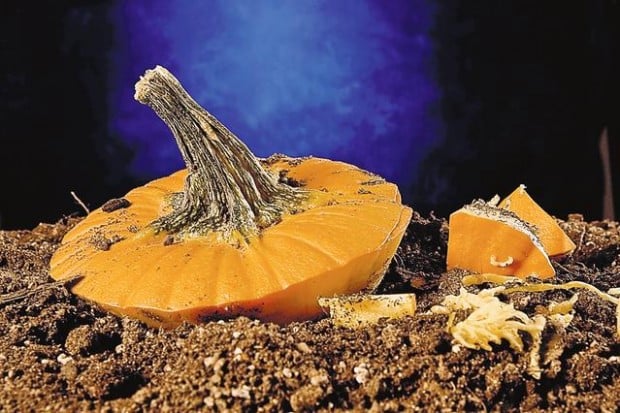Compost is considered black gold among gardeners. It’s got organic matter, nutrients, soil microbes — in short, everything to make your plants happy. Adding compost regularly to your plants builds up healthy soil. And the best compost you can get is the kind you make yourself.
Composting in the desert has its challenges, however. The chief challenge is that it tends to dry out and get too hot. Both will kill the little soil critters that are key to the decomposition process. To overcome those challenges, there are a couple of things you can do.
- Keep it in the shade. This will keep the temperature of your compost a bit cooler in our extremely hot summers.
- Make sure there is ventilation. Again, this will help keep things cool, as well as allow for gas exchange in the compost pile.
- Water regularly. Check the moisture of your compost pile frequently (every few days). It should be moist like a wet sponge that’s had the water squeezed out.
- Use plastic to keep moisture in. This one’s tricky; if you have too little ventilation you may not have enough gas exchange. However, if your pile is too open to the elements, it will dry very quickly in our climate. Some gardeners suggest using plastic bins and then using larger bits of dried carbonaceous waste like plant twigs to keep the pile from getting too compacted.
Your compost will be saltier and have a higher pH than non-native commercial compost. This is because you will be watering it with our native water, which has a higher pH and a fair amount of salts and minerals. If you use rainwater to water your compost pile, you will have more neutral compost.
In addition, there are a couple of general composting tips I can share with you.
- Don’t mind the critters. Your compost pile will attract insects whose job is to recycle decomposing organic matter (such as cockroaches). They, in turn, attract lizards and other predators. If this bothers you, have your pile far away from your house. They may not be everyone’s favorite, but cockroaches perform a very critical ecosystem service.
- Avoid putting in dryer lint. Many guides to composting recommend putting in your dryer lint. However, since our clothing contains lots of various plastics, this will result in microplastics in your compost. We have no idea what effects this may have on soil organisms, but it’s probably safer to avoid putting this in.
- Chop up your scraps. This is tedious, but it will help your pile decompose much faster. It also prevents your pile from getting huge, which is an issue in smaller gardens. If you have lots of space and lots of time, however, you may choose to spend your time in other ways.
If you’re just starting to learn about composting, there are some local resources you can check out.
- Attend one of the Pima County Master Gardener lectures on the topic. If they don’t have one this month, they will soon.
- Read this helpful handout from the University of Arizona’s Cooperative Extension.
- Take a look at this guide to backyard composting from the City of Phoenix.
As an alternative to backyard composting, you can read about Bokashi composting. You can also consider signing up for the Compost Cats bucket program where you drop off your food waste at the University of Arizona Community Garden, 1400 E. Mabel St. It is then turned into compost and used in the garden.
In the fight for our planet's health and against global warming, composting is, and has been for generations, an efficient way of turning our waste into fertilizer.





